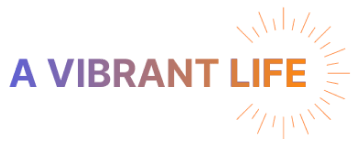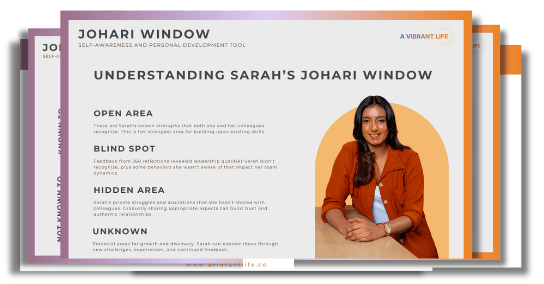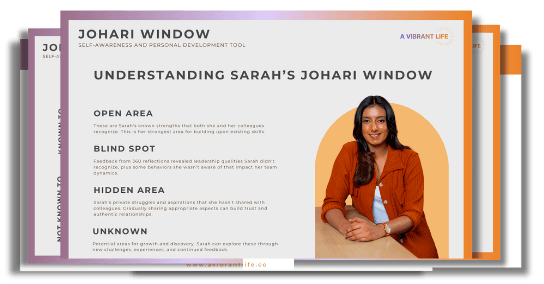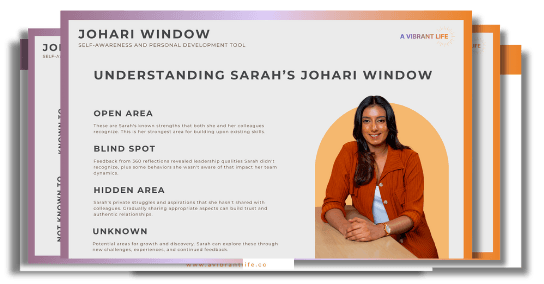The Johari Window: A Simple Tool for Understanding Yourself Better
We all experience moments where someone points out something about us that we had no idea existed. A friend mentions that you always interrupt people when you're excited, or a colleague tells you that you're more influential than you realize. These observations can be surprising, sometimes uncomfortable, but usually quite eye-opening.
This is exactly what the Johari Window helps you explore—the gap between how you see yourself and how others see you. It's not a complex psychological assessment or elaborate test. It's simply a practical way to map out what you know about yourself, what others know about you, and what remains undiscovered.
What Is the Johari Window?
The tool was developed by psychologists Joseph Luft and Harrington Ingham in the 1950s. They recognized that there are aspects of ourselves we're aware of and others we're not, combined with things others can observe about us versus things they cannot see.
This creates four distinct areas:
1. Open Area - What Everyone Knows
This represents the aspects of yourself that are apparent to everyone, including you. You know you're a good listener, and other people recognize this quality too. Maybe you're aware that you get anxious before presentations, and anyone who has seen you pace beforehand knows it as well.
2. Blind Spot - What Others See But You Don't
These are characteristics other people notice about you that you're completely unaware of. Perhaps you don't realize how often you check your phone during conversations, or you have no idea that people view you as a natural leader.
3. Hidden Area - What You Keep Private
This encompasses your inner world—the thoughts, feelings, fears, and aspirations you don't share with others. It might include considering a career change, dealing with family challenges, or experiencing imposter syndrome despite appearing confident to others.
4. Unknown Area - What Nobody Knows Yet
This represents untapped potential—talents, reactions to unfamiliar situations, or aspects of your personality that haven't emerged yet. You might possess excellent crisis management skills but have never faced a situation that would reveal this ability.
The goal is to expand the Open Area over time, which builds trust, strengthens communication, and promotes more authentic interactions.
Why This Actually Matters for Growth and Leadership
Self-awareness isn't just a feel-good concept—it has practical implications. When you understand how you come across to others, you can communicate more effectively. When you recognize your blind spots, you can address them. When you're clear about your strengths, you can leverage them more strategically.
Most of us operate with a limited view of ourselves. We see ourselves from the inside, dealing with internal thoughts and self-doubt. Others observe us from the outside, witnessing our actual behavior and impact. Both perspectives offer value, but neither tells the complete story.
Enhanced Self-Awareness Self-awareness is the foundation of emotional intelligence and personal growth. When you understand your strengths, blind spots, and hidden motivations, you can make more intentional choices about how you show up in the world. You become the author of your own story rather than a character reacting to circumstances.
Improved Communication Have you ever had a conversation where you felt completely misunderstood? The Johari Window helps you understand the gaps between your intentions and your impact. When you're aware of your communication style and how others perceive you, you can adjust your approach to be more effective and authentic.
Stronger Relationships Authentic relationships require vulnerability and mutual understanding. By gradually expanding your Open Area—sharing appropriate aspects of your Hidden Area and learning about your Blind Spots—you create space for deeper, more genuine connections with others.
Better Decision-Making
When you have a clearer picture of your values, motivations, and the way you're perceived, you can make decisions that align with who you truly are and who you want to become. This alignment leads to greater life satisfaction and reduced internal conflict.
How to Use the Johari Window
The process is straightforward, though it requires honesty and some courage.
1. Begin With Self-Assessment
Reflect on what you already know about yourself. What are your strengths? What frustrates you about your own behavior? What values guide your decisions? This establishes a foundation for your Open and Hidden areas.
For a more structured approach to this self-discovery process, consider using our All About Me worksheet. This comprehensive tool guides you through deeper self-reflection, helping you identify your core values, personality traits, and behavioral patterns in a systematic way. It's an excellent foundation for your Johari Window exploration and can reveal insights you might otherwise overlook.
Checkout All About Me: A Worksheet for Meaningful Self-Reflection
2. Seek Feedback
This step challenges most people, but it's also the most valuable. Ask people who know you well—friends, family members, colleagues—to share what they observe. Focus not only on strengths but also on behaviors you might not recognize.
Consider asking questions like:
"What do you see as my key strengths?"
"Are there patterns in my behavior that I might not be aware of?"
"How do I typically come across in group settings?"
"What kind of impact do I have on others?"
For a more comprehensive feedback gathering process, you might want to explore 360 Reflections. This method systematically collects structured, anonymous feedback from multiple perspectives—colleagues, friends, family, and others who interact with you regularly. It's particularly powerful for uncovering blind spots and understanding your true impact on others.
Checkout 360 Reflections for Real Change and Clear Self-Insight
3. Share Selectively
Consider revealing appropriate aspects of your Hidden area with people you trust. This doesn't mean oversharing, but strategic openness can deepen relationships and help others understand you better.
4. Explore New Experiences
The Unknown area only reveals itself through unfamiliar situations. Take on projects outside your comfort zone. Engage in different environments. Place yourself in circumstances that might uncover new aspects of your capabilities.
Managing the Reality Check
This process isn't always comfortable. You may discover things about yourself that are difficult to accept. Perhaps people perceive you as more critical than you intended, or you learn about habits that affect others negatively. This discomfort is normal and represents valuable information.
The goal isn't to achieve perfection or eliminate all blind spots. Rather, it's to develop a more accurate understanding of yourself so you can make intentional choices about how you engage with the world.
Some people worry that seeking feedback appears insecure or that increased openness makes them vulnerable. While these concerns have merit, the alternative—operating without understanding your real impact or strengths—typically creates larger challenges.
Implementation Strategies
Choose Feedback Sources Carefully
Not all feedback carries equal weight. Seek input from people who know you well and whom you trust to be honest yet constructive. Someone who always tells you what you want to hear won't provide the same value as someone who cares enough to share difficult truths.
Evaluate Feedback Thoughtfully
Remember that feedback represents one person's perspective, not absolute truth. When multiple people share similar observations, pay close attention. If someone offers a unique viewpoint, consider it thoughtfully without letting it completely reshape your self-perception.
Focus on Actionable Insights
You don't need to act on every piece of feedback or share every private thought. Use what supports your growth and development while setting aside what doesn't serve you.
Embrace the Ongoing Process
This isn't a one-time exercise. As you evolve and grow, your Johari Window shifts as well. What was once unknown becomes known. What remained hidden might become open. View this as a continuous journey rather than a destination.
The Johari Window starts with understanding the "gap" — the space between how you see yourself and how others see you. It's a simple framework for mapping what you know about yourself, what others observe, and what remains undiscovered. It looks at your complete self to identify your strengths, blind spots, and untapped potential. Because it's called a window, it provides a clear view of how you truly show up in the world.
Coaching Corner: Facilitating Johari Window Sessions
For coaches, HR professionals, and team facilitators, the Johari Window creates powerful opportunities for growth conversations and team development.
Session Preparation
Plan for 60-90 minutes for individual sessions, or 2+ hours for team sessions. Prepare clients by explaining the purpose: increasing self-awareness and improving relationships, not criticism or judgment. Emphasize that all feedback should be constructive and focused on observed behaviors.
For team sessions, establish clear ground rules about confidentiality and respect. Consider starting with individual reflection before moving to group sharing.
Facilitation Flow
Step 1: Preparation and Assessment Foundation (Before the session)
The Johari Window works best when built on a foundation of self-discovery. Consider having clients complete personality assessments, 360 Reflections, vision statement work, and All About Me documents before introducing the Johari Window. This groundwork provides rich material for the exercise.
Step 2: Gathering Insights (15-20 minutes)
Have clients use insights from their previous assessments and vision work to write their strengths, interests/desires, world needs, and values on sticky notes. This tangible approach makes abstract concepts easier to work with and move around.
Step 3: Mapping the Quadrants (20-30 minutes)
Guide clients in placing their sticky notes in the appropriate quadrants. Start with the Open Area—what they know about themselves that others also recognize. Then work through the other areas, using feedback from 360 Reflections and assessments to identify potential Blind Spots.
Step 4: Exploring and Moving Forward (20-30 minutes)
Starting with the Open Area, discuss each quadrant and explore ways clients can move more of their insights into the Open Area. Ask: "What would it look like to share this strength more openly?" "How could you get feedback about this potential blind spot?" "What's one thing from your Hidden Area that might benefit your relationships if shared appropriately?"
Key Facilitation Questions
"What's one strength in your Open Area that you could leverage more?"
"Which piece of feedback from your Blind Spot feels most useful?"
"What from your Hidden Area might be worth sharing to build stronger relationships?"
"How might your Unknown Area be holding you back?"
"Where do you see the biggest opportunity for growth?"
Common Challenges and Solutions
Defensive Reactions: Some participants resist feedback about their Blind Spots. Remind them that awareness is the first step to choice—they don't have to change everything, but awareness gives them options.
Oversharing: Others may reveal too much from their Hidden Area. Gently redirect to what's appropriate for the professional context and audience.
Generic Feedback: Push for specificity. "You're a good communicator" becomes "You ask clarifying questions that help meetings stay focused."
Fear of Vulnerability: Create psychological safety by modeling openness yourself and reinforcing that growth requires some discomfort.
Coaching Applications
Team Development: Use for improving team dynamics, communication, and collaboration. Teams that complete Johari Windows together often develop stronger trust and more effective working relationships.
Leadership Coaching: Excellent for emerging leaders who need to understand their impact on others. Particularly valuable for those receiving feedback that their style isn't working as intended.
Executive Coaching: For C-level leaders working on executive presence, influence, and stakeholder relationships. Helps executives understand how their leadership style affects organizational culture.
Life Coaching: Powerful for personal growth and relationship improvement. Helps clients understand how they show up in personal relationships, family dynamics, and social situations. Particularly valuable for major life transitions or when clients feel stuck in patterns.
Career Transition Coaching: Essential for professionals changing careers, industries, or roles. Helps identify transferable strengths and areas for development in new professional contexts.
Performance Improvement: When performance issues stem from lack of self-awareness rather than skill gaps. Helps individuals understand how their behavior affects their effectiveness.
Communication Coaching: For professionals struggling with specific communication challenges or wanting to enhance their influence and presence in meetings and presentations.
Conflict Resolution: Can reveal misunderstandings and communication gaps that contribute to workplace or personal conflicts.
Group Coaching: For coaching circles or mastermind groups to build trust and deeper understanding among participants.
Confidence/Self-Esteem Coaching: Helps clients recognize and leverage their strengths while addressing blind spots that may be undermining their confidence.
Making It Stick
End sessions by having participants identify 1-2 specific actions based on their insights. "I learned I interrupt people" becomes "I'll count to three before responding in meetings this week." Schedule follow-up conversations to discuss progress and continued learning.
The Johari Window's power lies not in the model itself, but in the conversations it facilitates. Your role is to create a safe space for honest reflection and feedback, then help participants translate insights into meaningful behavior changes.
Moving Forward
The Johari Window provides a structured approach to understanding yourself better and recognizing how you affect others. While it's not a magic solution, it offers practical value. Most of us spend considerable time in our own perspectives, sometimes forgetting that others experience us differently than we experience ourselves.
Taking time to understand both viewpoints—how you see yourself and how others perceive you—can improve relationships, enhance communication, and support better decision-making. You might also discover positive aspects of yourself that come as pleasant surprises.
If you're ready to explore your own Johari Window or help your clients with that exploration, we've developed templates to guide you through the process. While the initial steps may feel uncomfortable, most people find the long-term clarity worth the temporary challenge.
Building self-awareness takes time and intentional effort, but the insights you gain can significantly impact how you navigate both personal and professional relationships. The Johari Window simply provides a framework to make that exploration more systematic and meaningful.

About Us
We are a community of practitioners & experts, passionate about empowering individuals & organizations with tools for growth, well-being, and transformation.
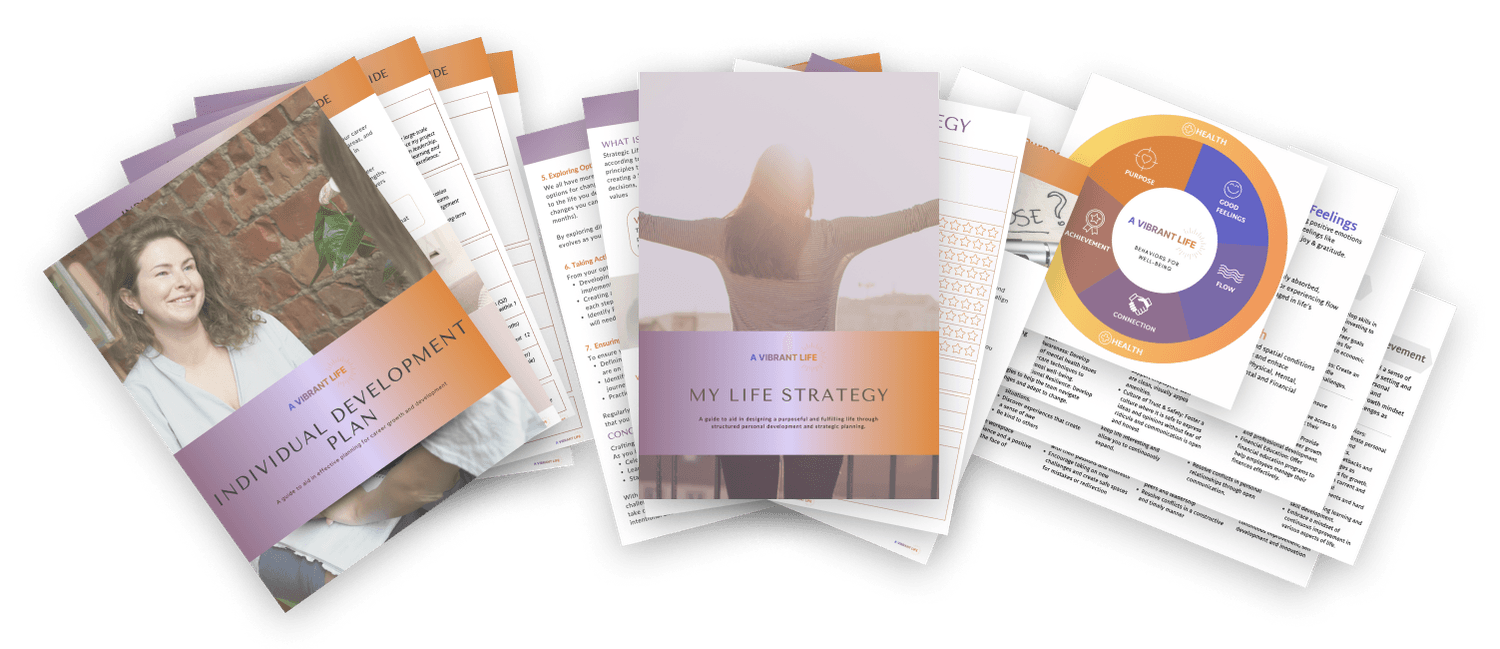
Explore Our Catalog of Transformative Products
Discover our range of expertly crafted products designed to help you achieve your goals and live a more vibrant life. Whether you're looking to advance your career, find balance, or create a thriving environment, our catalog has something for everyone.
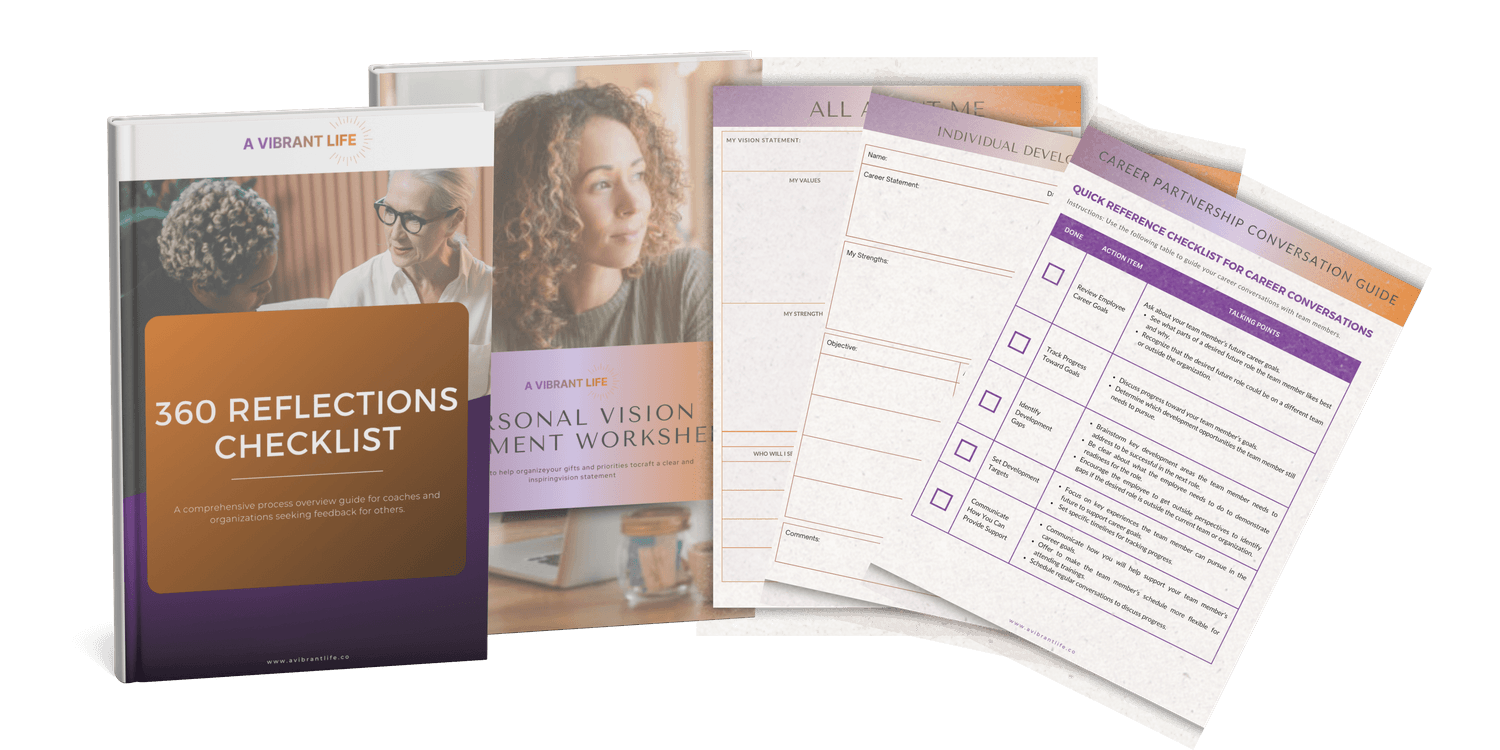
Discover Our Free Resources
Access our collection of valuable free tools, guides, and resources designed to support your personal growth journey. From starter templates to educational content, we're here to help you get started without any cost.
GET EXCLUSIVE ACCESS
Collaborate and Grow with Our HR and Coaching Community
Get exclusive content and resources designed to help you thrive both personally and professionally. Become a member of the A Vibrant Life community and gain access to expert insights, practical strategies, and a supportive network of like-minded individuals.
Your privacy is important to us. We promise to keep your email safe and never spam.

Ready to take the next step towards a vibrant life and fulfilling career?
Explore our transformative solutions tailored to meet you where you are and guide you to where you want to be.
